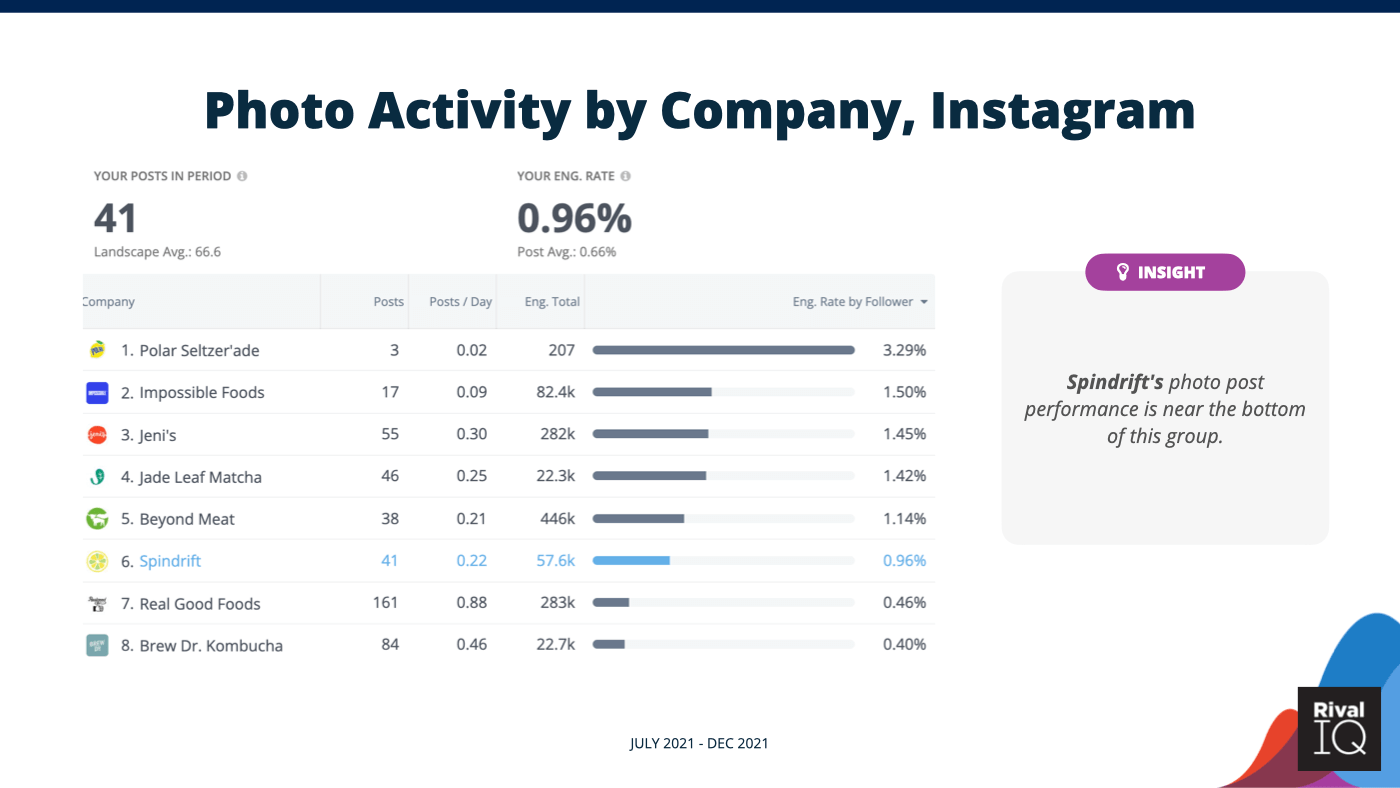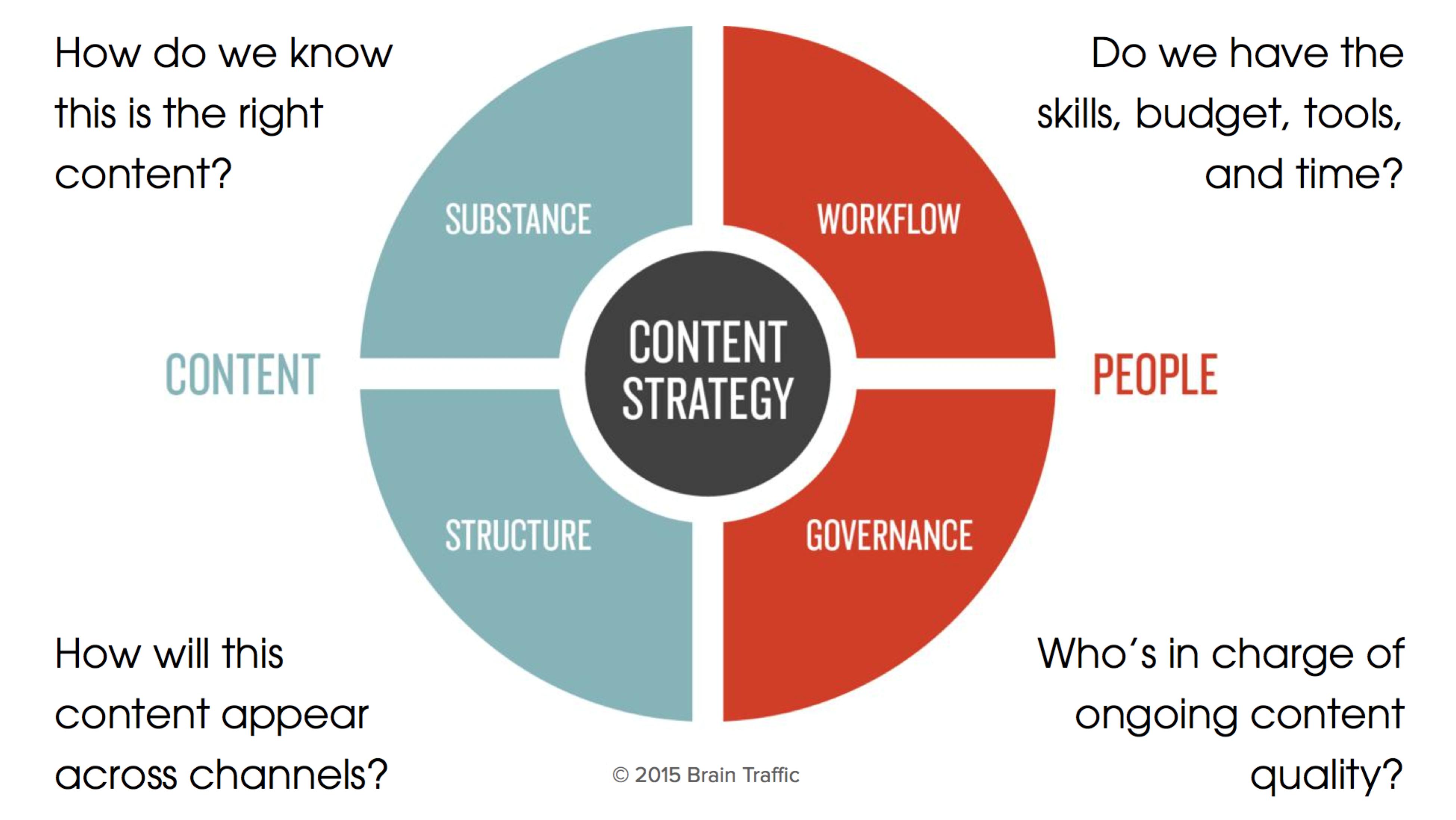
Social media defines an influencer as someone who is well-known in their field and promotes products. They are trusted by their followers to influence purchase decisions and gain trust. Influencers also have their own blog and provide specific content to their subscribers. It's possible that you are putting yourself at risk by not being an influencer. Read on to find out what to do to avoid a negative reputation.
Influencers build trust between their followers
Influencers aren't as popular today as they were in the past, despite being celebrities. This is because the public can see if an influencer is genuine or not from a post. Influencers are well-known and have a large following. This allows them to create content which resonates with their followers and foster trust and bonding. Couples such as Joe Sugg, Dianne Buswell and Tommy Fury, Molly-Mae Hague and Molly McMae Hague are examples of influencers. Other couples like Harry and Meghan combine star power and influence to build a strong following on Instagram.
The size and industry of an influencer will impact whether they are credible. Ideally, their followers have a high engagement rate, which indicates that their audience is loyal to them. A high engagement rate is an indication that the influencer is trustworthy, while low engagement means they are fake. Consider whether the influencers' styles and tone complement one another. It is important that your brand's tone, style and personality complements the influencer's.
They assist brands in reaching their target audience
To maximize your campaign's reach, it is important to identify social media influencers. Influencers are able to help brands reach their target market by creating content that resonates. Social media platforms have helped influencers gain popularity over time. Influencers have the ability to engage large audiences and boost sales.

Social media has created a new platform where people could share every day life on the internet. The rise in popularity of social media platforms has made celebrities, reality stars, and bloggers well-known. Their followers found them trustworthy and relatable through their content. Similarly, brands can leverage these influencers to influence purchase decisions, increase conversions, and drive revenue. Here are the top benefits of working together with influencers
They can bring customers
You can use the power of social networking to build a relationship with your target audience. This is a great way to draw more attention from potential clients. Influencers can help promote your products or services if they have a high following on various platforms. This will help increase their reach, and eventually increase your chance of getting more customers. To get started, you can approach a variety of influencers with your campaign. It is possible to work with journalists or content writers who will write articles on your behalf and mention your product within their social media posts.
We all know that the best salespeople and marketers know their products inside and out. A skilled salesperson can know the inside of a hairbrush and be able to sell it to a bald man. Likewise, a social media influencer knows the features and benefits of a product and can tap into their followers' emotional responses. This allows brands to gain trust from influencers.
They may put you on fire for bad behaviour
It's a great way for your business to be more visible online by using social media. It's important to be aware that influencers can make you look bad. First, be cautious about whom you follow. Many influential people in the business world are not always trustworthy. Some people in business have a dark past or are prone to inappropriate behavior. You can take steps to prevent this from happening and protect your reputation.

FAQ
What are the content strategies for different topics?
Content strategy is an umbrella term used to describe all aspects of how you create, manage, distribute, measure, and optimize content for digital channels. This includes not only what you post on social media sites like Facebook and Twitter, but also what you highlight on your website, blog and other online properties.
Content strategy is vital because it determines how you will focus your time and effort, the content types you should use, as well as what message you send to your target audiences.
It's about understanding how content fits into the overall business goals and objectives to help you achieve them.
Which content marketing agencies are the most effective?
Most content marketing agencies have extensive knowledge in developing content strategies for clients.
The knowledge they have can help you save time and money by creating a tailored plan that suits your needs.
However, not all agencies have the same skills. Some companies specialize in specific niches, such as eCommerce. Others are specialists in particular industries, such law firms.
Ask them to identify the areas that they specialize in, and then find the right agency.
Why should I do content marketing?
HubSpot reports that the average person spends almost two hours per day reading content, on social media and in their newsfeeds. They also watch TV, read magazines, browse websites, listen to podcasts, or look at newspapers. That's a lot to spend time with content!
What do I need to know about SEO in order to do Content Marketing? Yes!
SEO experts know how search engines like Google rank pages. They also know which keywords to target when optimizing your page.
How does Content Marketing Strategy work for me?
Content Marketing Strategy provides you with access to data you don't normally have. This data allows you measure the success of different types content.
It helps you to determine which strategies should be used to increase your site's traffic. It can also give you insights into the behaviour of your audience, so that you can produce even better content.
This means that you will be able to spend less time worrying over what type of content works and more on what doesn’t.
You can also use a Content Marketing Strategy to determine which messages are most popular with your audience.
By analyzing these messages, you can figure out what content they prefer. So that you can continue creating similar content and keeping those ideas in motion.
A Content Marketing Strategy allows you to track the performance and effectiveness of your content. As you continue sharing different content types, you can easily see which ones convert better.
A Content Marketing Strategy is essential to ensure your content performs according to its intended purpose.
Statistics
- According to research compiled by Coschedule: Companies that publish 16+ blog posts a month get as much as 3.5x as much traffic as those that publish 0-4 posts a month. (criteo.com)
- Content marketing produces 3X more leads per dollar spent. Content marketing costs 62% less than traditional marketing. (criteo.com)
- We found that 40% of businesses don't have a documented strategy yet. (semrush.com)
- According to our research, 65% of companies with very successful content marketing in 2021 ran content audits at least twice a year. (semrush.com)
- Companies that use content marketing see approximately 30% higher growth rates than businesses not using it. (mailchimp.com)
- Forty-seven percent of buyers view 3 to 5 pieces of content before engaging with a sales representative. (mailchimp.com)
- According to the Content Marketing Institute, 70% of B2B marketers and 86% of B2C marketers surveyed use content marketing in some form or other. (criteo.com)
- According to our research, brand awareness, attracting traffic, and generating leads remain the key content marketing goals in 2022. (semrush.com)
External Links
How To
Infographic Design Tips for Content Marketing
Infographics make complex concepts simple and easy to understand. Infographics can be used to communicate your message.
To create an infographic, you will need to use design software like Adobe Illustrator or Photoshop. These programs are great for creating infographics. Once your design has been created, you can start uploading images from Unsplash/Pixabay to incorporate into it.
You can find inspiration for your own ideas by looking at existing infographics online. If you want to show calories in certain foods, then you can take a picture or diagram of a food pyramid, and add pictures of the foods. Or, you might choose to look up how much sugar is in soda pop and change that number to a picture of a bottle of Coke.
Once you've created your infographic, share it on social media channels like Facebook or Twitter. This helps people who aren't familiar with the concept learn about it. Use hashtags to let others know what infographic you are sharing on social media. Users can follow conversations around specific topics using hashtags.
If you decide to create an infographic, try making your posts shorter than usual. A blog post may be 2000-5000 words long. An infographic requires only 500-1000 words. This means you can easily convey more information with less space.
When designing your infographic, remember that some viewers may struggle to read small font sizes. Use large fonts, but don't overuse color in your infographics. It is important that all text is legible.
Here are some more tips
-
Choose an Infographic Template. There are many free templates online. Canva (Piktochart) and Google Slides (Google Slides) are some of the most requested templates.
-
Your Infographic is ready. Create your infographic using the template. Any media you choose is acceptable for your audience. You might use photos of local restaurants to create an infographic about the best places in Seattle.
-
Add Text. Add text to your infographic once you have it created. You can use Microsoft Word, PowerPoint or Canva to add text.
-
Add images. You can also add images to your infographic. You can add images to your infographic. Make sure the picture is relevant to your topic before you add it.
-
Make it interactive. You can add interactive elements such as buttons, maps, and links. This will make it easier for your audience to interact with you.
-
Share. Share your infographic when you are done.
-
Measure. Your infographic's performance. Did people click through to your website? Did they sign-up for your email address? What was their reaction to your infographic?
-
Improve. Do you have any suggestions for improving your infographics? Is there anything you could do better?
-
Repeat. Repeat.